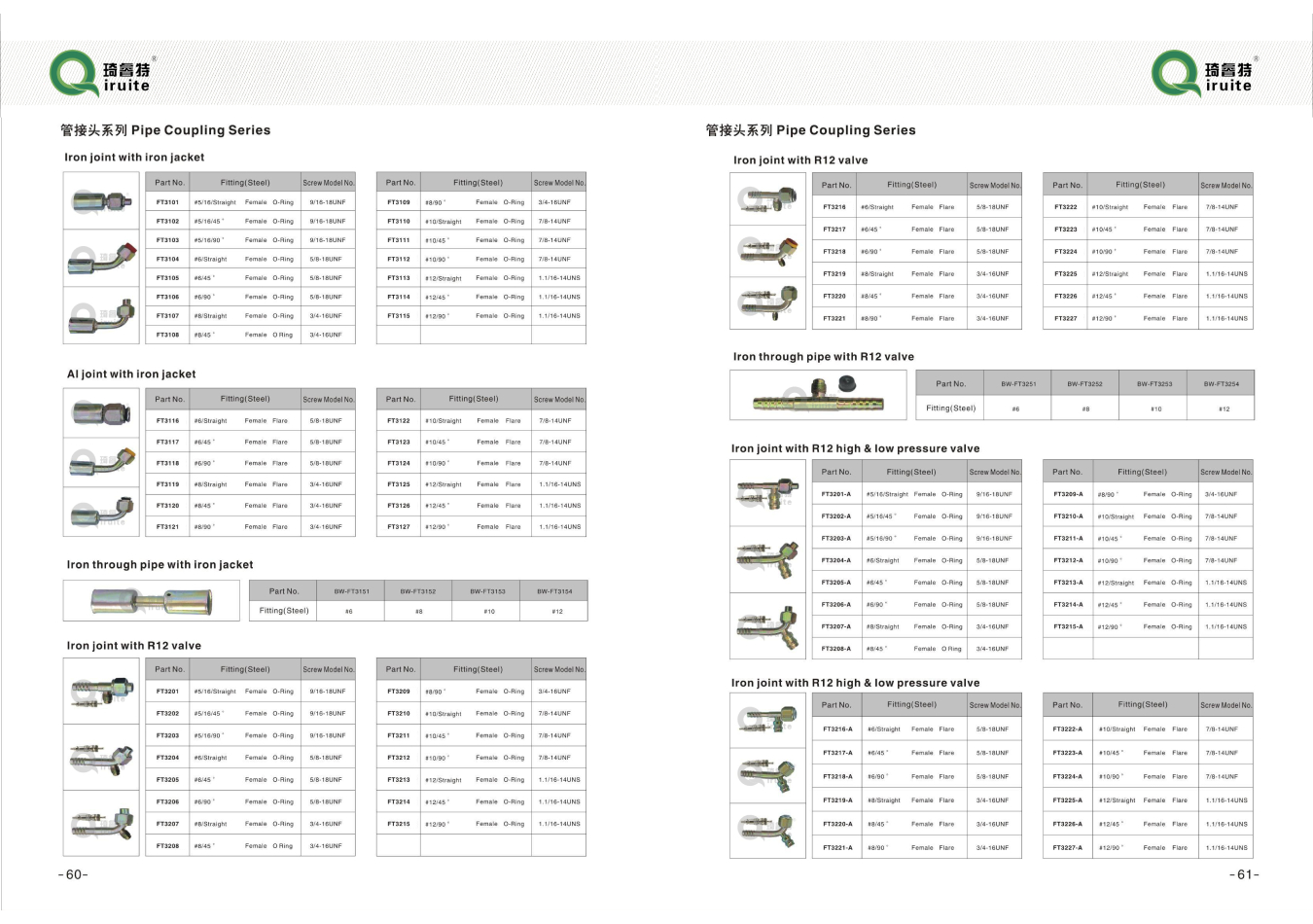air conditioner lines
Understanding Air Conditioner Lines Essential Components for Efficient Cooling
Air conditioners are integral to modern comfort, especially in regions with high temperatures. While many people focus on the units themselves, understanding the air conditioner lines is crucial for both maintenance and efficiency. These lines play a vital role in the cooling cycle, ensuring that your system operates effectively.
What Are Air Conditioner Lines?
Air conditioner lines typically refer to the refrigerant lines that connect the indoor and outdoor units of a split system air conditioner. These lines consist of two main components the suction line and the liquid line. Each serves a distinct purpose within the cooling process.
1. Suction Line The suction line is a larger, insulated pipe that carries low-pressure refrigerant gas from the indoor evaporator coil back to the outdoor compressor. This line is crucial for returning the refrigerant that has absorbed heat from inside your home, ensuring efficient heat exchange.
2. Liquid Line The liquid line, on the other hand, is smaller and transports high-pressure refrigerant liquid from the outdoor condenser to the indoor evaporator coil. This refrigerant is essential for absorbing heat from the indoor air, leading to the cooling effect that you experience in your living spaces.
The Importance of Proper Installation
Proper installation and maintenance of these lines are critical to the performance of your air conditioning system. Any leaks or blockages can lead to reduced efficiency, increased energy consumption, and a higher likelihood of system failures. Here are a few key points to keep in mind regarding air conditioner lines
- Insulation It is vital that the suction line is properly insulated to prevent heat gain from the environment. Insulation helps maintain the refrigerant's low temperature as it travels back to the compressor, improving overall efficiency. - Sizing The diameter of the lines must be correctly sized for the specific air conditioning unit. Undersized or oversized lines can disrupt the refrigerant flow, leading to poor cooling performance and potential damage to the system.
air conditioner lines

- Routing The routing of the air conditioner lines should be planned to minimize bends and turns, which can restrict the flow of refrigerant. Optimal routing ensures that the system operates smoothly and minimizes the risk of leaks.
Maintenance Tips
Regular maintenance of air conditioner lines can extend the life of your system and enhance its efficiency. Here are a few tips
- Inspection Check both the suction and liquid lines periodically for any signs of wear, corrosion, or damage. Look for insulation that may be damaged or missing, as this can significantly impact efficiency.
- Professional Servicing It is advisable to have a trained HVAC technician perform routine maintenance. They can ensure that the refrigerant levels are adequate, check for leaks, and assess the overall health of the system.
- Clog Prevention Ensure that the drain lines are clear of debris to prevent any water buildup, which can lead to further damage. Clogs can cause pressure imbalances, affecting the performance of the air conditioner.
Conclusion
Understanding air conditioner lines is essential for anyone looking to maintain a comfortable indoor environment year-round. These lines, although often overlooked, are critical for efficient cooling. By ensuring proper installation and routine maintenance, homeowners can enjoy the benefits of a well-functioning air conditioning system, reducing energy costs while maintaining a pleasing atmosphere in their homes. Investing time and resources into the upkeep of these components will pay off with a more reliable and effective air conditioning experience.
-
Ultimate Spiral Protection for Hoses & CablesNewsJun.26,2025
-
The Ultimate Quick-Connect Solutions for Every NeedNewsJun.26,2025
-
SAE J1401 Brake Hose: Reliable Choice for Safe BrakingNewsJun.26,2025
-
Reliable J2064 A/C Hoses for Real-World Cooling NeedsNewsJun.26,2025
-
Heavy-Duty Sewer Jetting Hoses Built to LastNewsJun.26,2025
-
Fix Power Steering Tube Leaks Fast – Durable & Affordable SolutionNewsJun.26,2025

